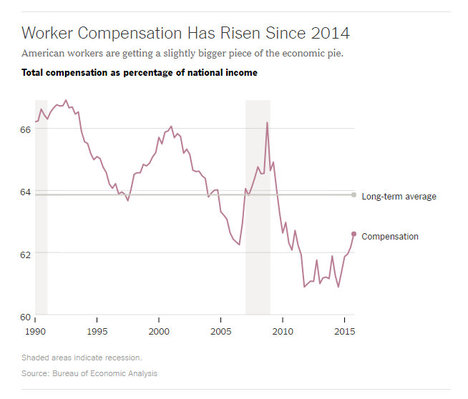(p. C7) . . . , Adna Ferrin Weber, writing in 1899, had it right. “The ‘rise of the suburbs’ it is,” he wrote, “which furnishes the solid basis of a hope that the evils of city life, so far as they result from overcrowding, may be in large part removed.”
. . .
Joel Kotkin, in “The Human City: Urbanism for the Rest of Us,” presents the most cogent, evidence-based and clear-headed exposition of the pro-suburban argument. In Mr. Kotkin’s view, there is a war against suburbia, an unjust war launched by intellectuals, environmentalists and central-city enthusiasts. In pithy, readable sections, each addressing a single issue, he debunks one attack on the suburbs after another. But he does more than that. He weaves an impressive array of original observations about cities into his arguments, enriching our understanding of what cities are about and what they can and must become, with sections reflecting on such topics as “housing inflation,” “the rise of the home-based economy,” “the organic expansion of cities” and “forces undermining the middle class in global cities.”
The essence of Mr. Kotkin’s defense of suburban expansion in the United States–with which he is most familiar and where the opposition to his views is better organized and much more formidable than elsewhere–is that suburbs now contain the great majority of residences as well as jobs. Suburban neighborhoods, he suggests, are as conducive to community living and as “green” as central-city ones. But his critique of conventional urban-planning wisdom goes further. He argues that central-city living is largely unaffordable by the middle class, let alone the poor; that central cities are becoming the abodes of the global rich, encouraging glamorous consumption rather than providing middle-class jobs; and that dense urban living in small, expensive quarters discourages child rearing, a critical concern for policy makers in many industrialized countries today.
For the full review, see:
SHLOMO ANGEL. “In Praise of Urban Sprawl; Dense urban living discourages child rearing. It is no surprise that there are 80,000 more dogs than children in San Francisco.” The Wall Street Journal (Sat., May 21, 2016): C5-C6.
(Note: the online version of the review has the date May 20, 2016.)
The book under review, is:
Kotkin, Joel. The Human City: Urbanism for the Rest of Us. Chicago: Agate B2 Books, 2016.

